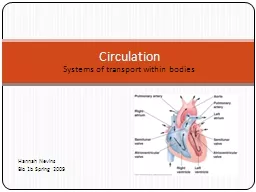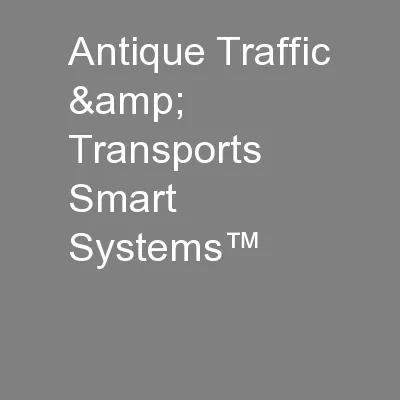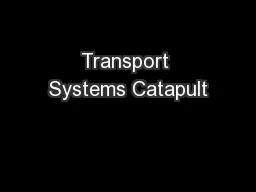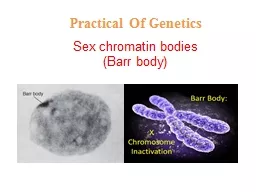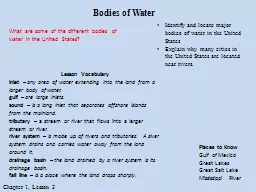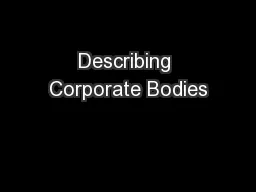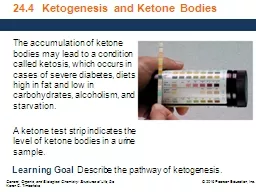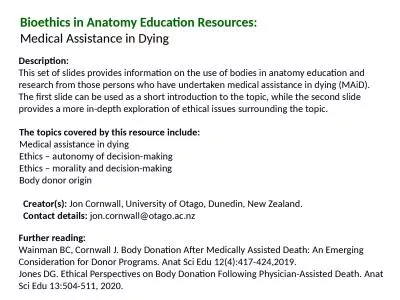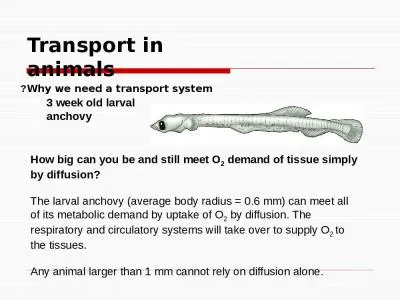PPT-Systems of transport within bodies
Author : danika-pritchard | Published Date : 2016-09-05
Circulation Hannah Nevins Bio 1b Spring 2009 Transportation to and from cells Nutrients eg fatty acids glucose Metabolites wastes Hormones signaling cells organs
Presentation Embed Code
Download Presentation
Download Presentation The PPT/PDF document "Systems of transport within bodies" is the property of its rightful owner. Permission is granted to download and print the materials on this website for personal, non-commercial use only, and to display it on your personal computer provided you do not modify the materials and that you retain all copyright notices contained in the materials. By downloading content from our website, you accept the terms of this agreement.
Systems of transport within bodies: Transcript
Download Rules Of Document
"Systems of transport within bodies"The content belongs to its owner. You may download and print it for personal use, without modification, and keep all copyright notices. By downloading, you agree to these terms.
Related Documents

